Our first trip of the year for 2018 was to Charleston, South Carolina. Aside from the fact that we arrived just a few days after the third largest snowfall in the city’s history, much of Charleston reminded me of the Caribbean, and it wasn’t just the palm trees. Looking more closely at the City’s history, it appears that I was closer to the Caribbean than I thought.
Many Americans think of the United States as being settled by colonists from England, escaping religious persecution in their homeland. Typically, what comes to mind is the first permanent settlement by colonists in 1607 in Jamestown, Virginia. The settlement of Charleston, South Carolina, had its origins in England, via the islands we have come to love.
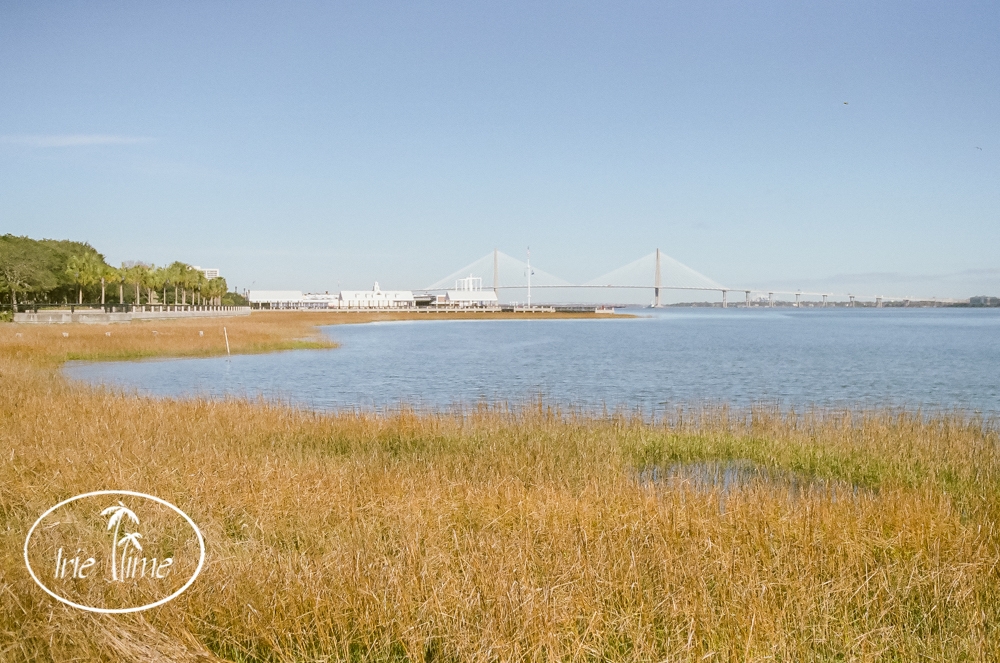
Attempts to settle the Carolina territory by the Spanish and French in the mid-1500’s failed, and it would be nearly a century before further attempts at colonization were made. In 1629, King Charles II granted to his Attorney General, Sir Robert Heath, a large parcel of land which would later become the Carolinas, although it was never developed. In 1663, as a gesture of thanks to those who supported his return to the throne, King Charles II granted to eight individuals a charter for what was essential the same territory. Those eight noblemen became known as the Lords Proprieters of Carolina.
Meanwhile, back in Barbados, land had become scarce and expensive, and British planters in Barbados looked to the Carolina territory as a potential source of land to grow the crops which brought much prosperity to Barbados. There were several failed pitches to settle the territory, however in 1670, a settlement was established as “Charles Towne,” near the present location of Charleston. Having been settled by British settled in Barbados, Charleston was deemed “The Colony’s Colony.”
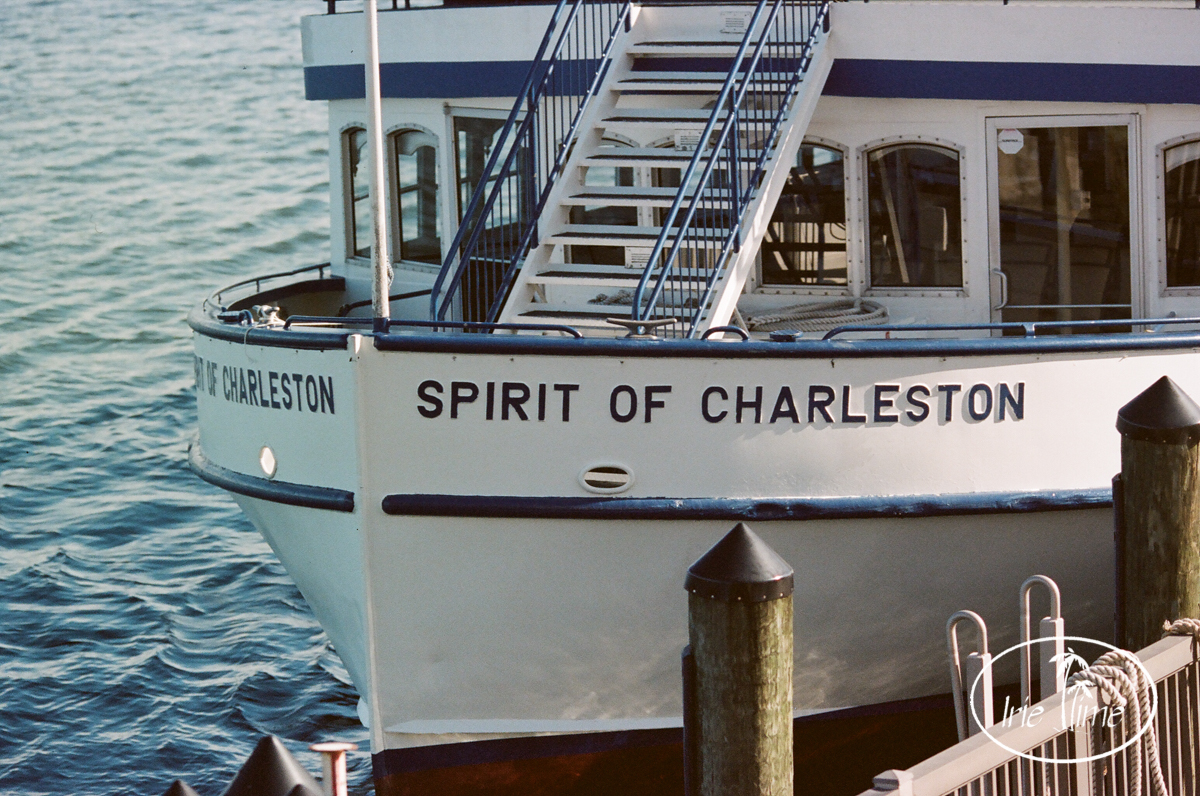
This is an incredibly abbreviated summary of the formation of Charleston. The complete story includes multiple attempts at settlement, shipwrecks, and a variety of hardships. The best book I found was “The Barbados-Carolina Connection” by Warren Alleyne & Henry Fraser. The book explores in detail the settlement of the area, and the connection between Barbados and the settlement of the Carolina territory. You can order a copy here, and it includes loads of photographs which visually demonstrate the influences of Barbadian culture upon the City of Charleston. There are also some pretty interesting pirate stories! Also, be sure to check out the website of the Barbados and The Carolinas Legacy Foundation for loads of information.
So as we spent the week in Charleston, I was looking for the influence of Barbados on the city. Knowing that the plantation economy of Barbados came with them to Charleston, I had hoped to explore some of the plantations just outside the city, but this was not possible due to the weather. Five inches of snow is nothing in Wisconsin, but South Carolina was not fully prepared to deal with such an event, and the plantations were not accessible due to the conditions. So we spent our time in the city on the lookout for the influence of the islands.
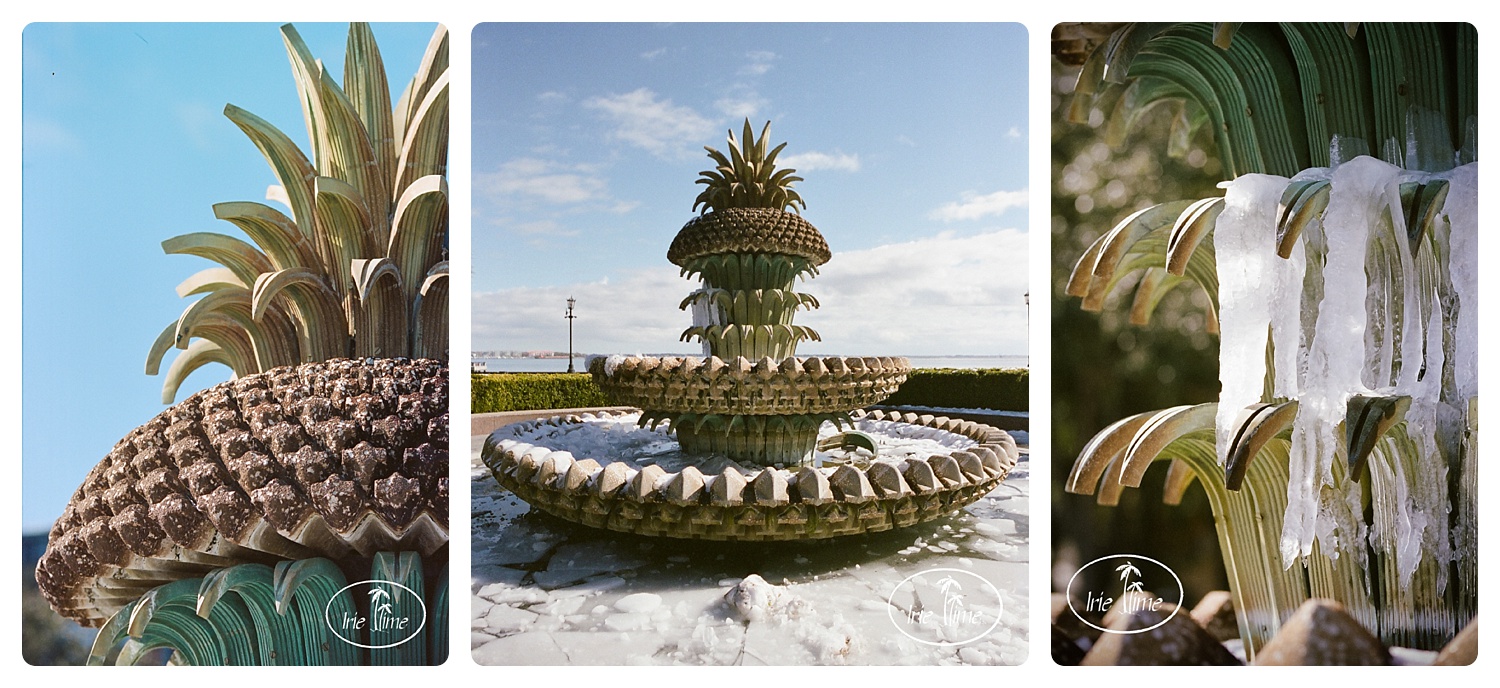
I was looking for similarities in the architecture. Barbados was once known for “long houses,” which are long, narrow houses, with the short facade toward the street, which typically included verandas and porches. There were many examples of these homes in historic Charleston. I was also looking for “haint blue” paint on the porch ceilings. Said to have originated with the Gullah culture, that of the descendants of enslaved Africans brought to the Carolinas by the British planters, the color was said to protect the home from “haints,” or evil spirits. It took us a while to spot our first blue ceiling, but then we were seeing them everywhere.
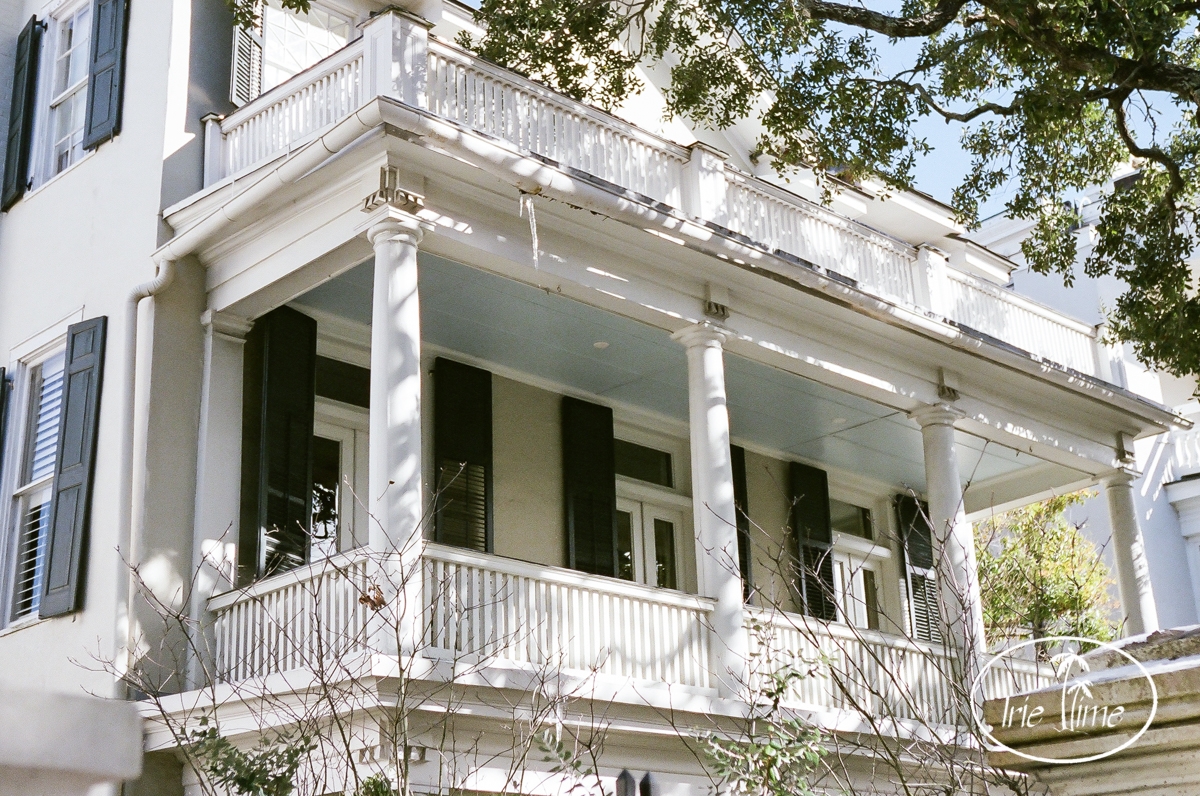
Another influence of the Caribbean was the brightly painted homes of “Rainbow Row,” a series of houses found on Bay Street between the French Quarter and the Battery.
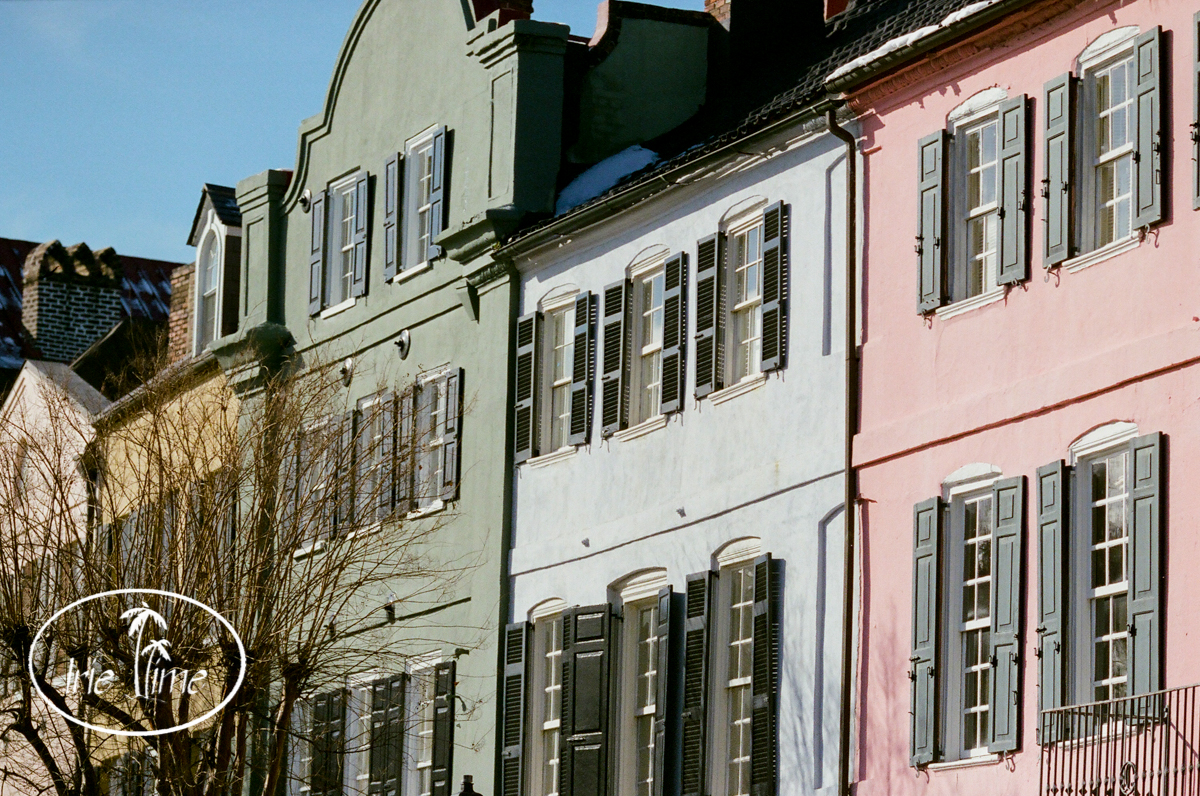
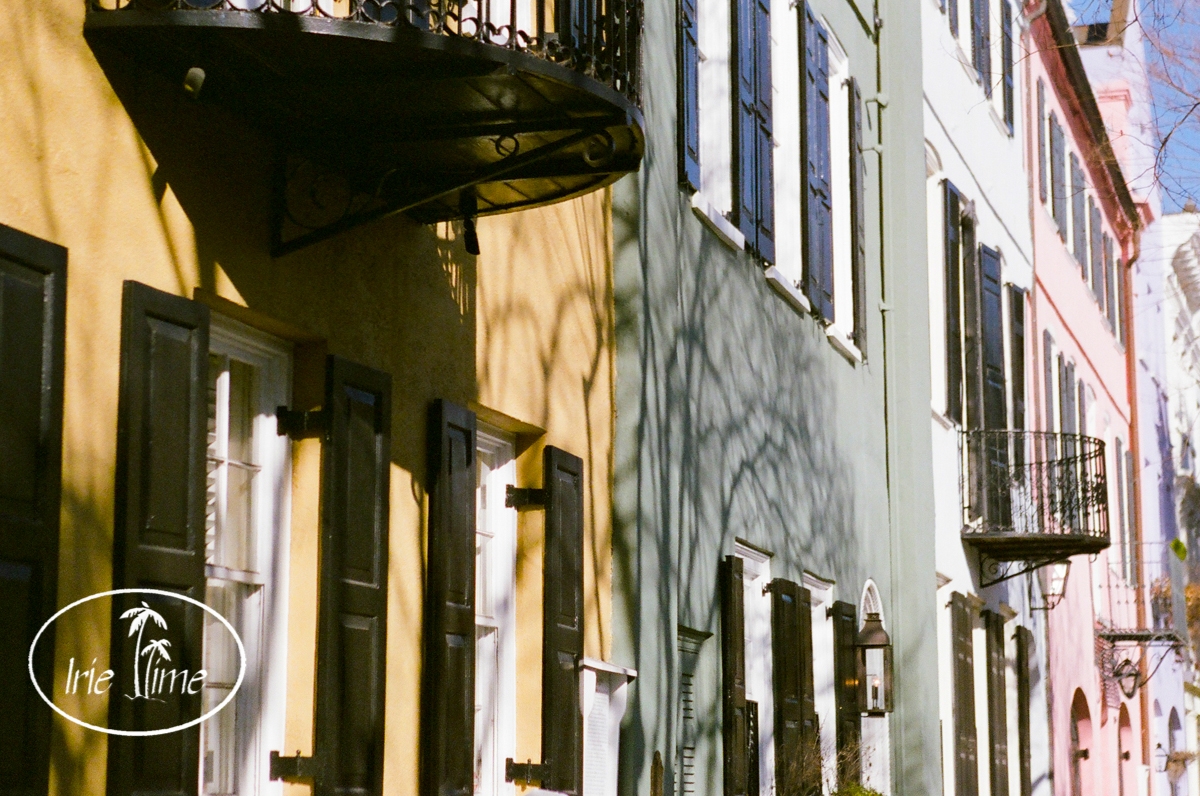

The connection was also found in the food. Shrimp, grits, rice, and sweet peas, and many dishes originating in West Africa with the slaves brought to the Carolinas by the British, “Gullah Cuisine,” were found on nearly every menu we saw during our stay.
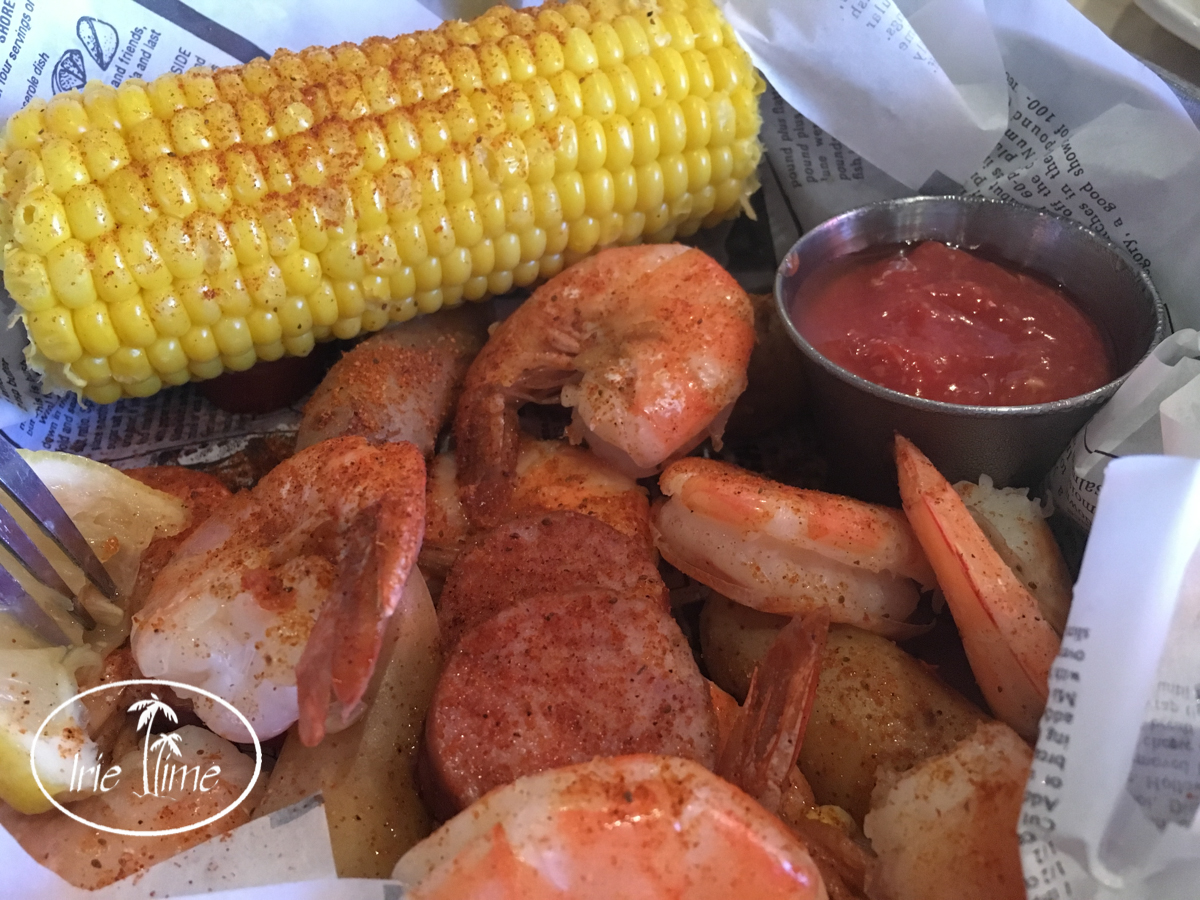
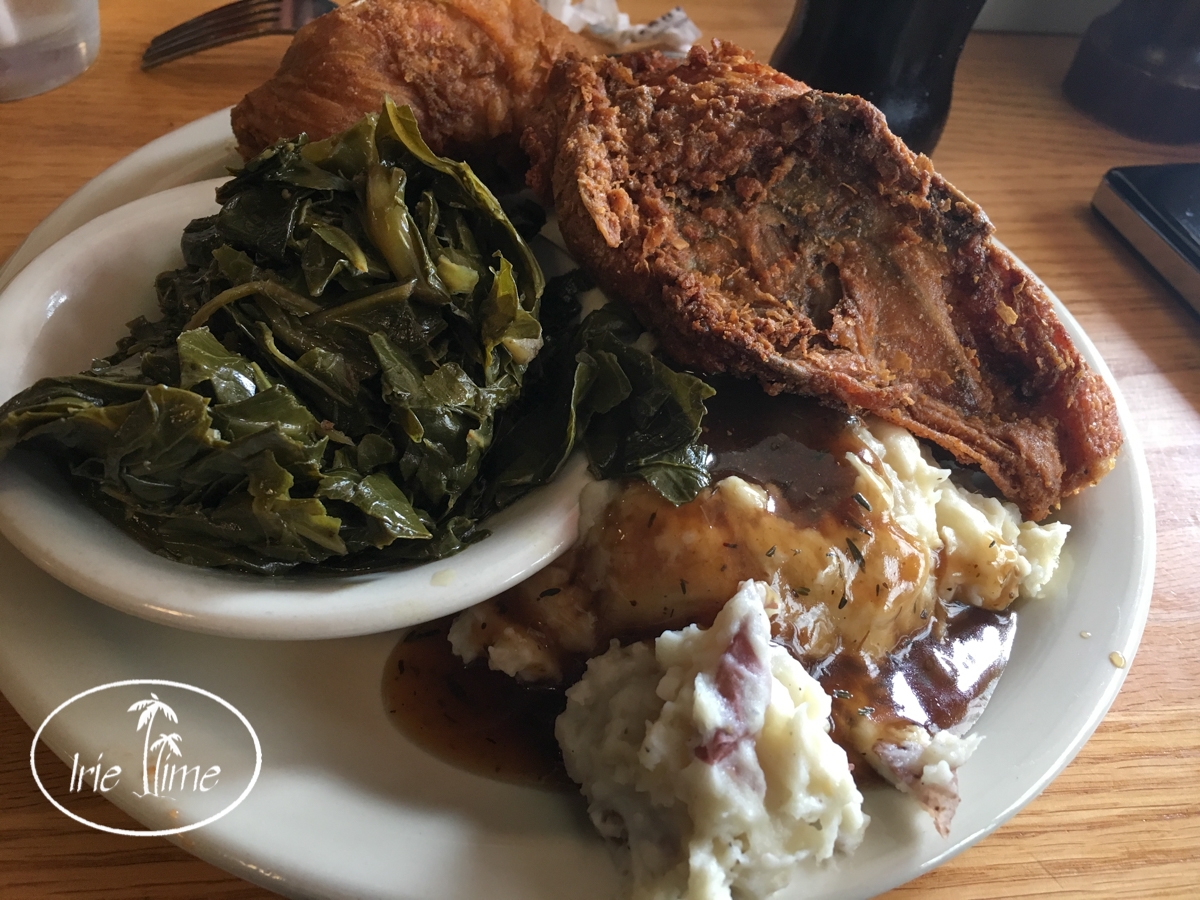

I found the connection between Barbados and the Carolinas to be a fascinating mix of cultures and history, worth exploring on your next trip!
Pin it!

To Wendy Gunnerson
Dear Wendy
As the actual lead author of the Barbados Carolina Connection (my co-au thor has now passed away) , I was delighted to read of your visit to Charleston, in this post sent to me by my brother (who lives in Toronto, but has been to Charleston also).
I do exhort you both to return to Charleston in the genuine spring … in May the Azaleas are magnificent and the temperature just right … and to come and visit Barbados, and see all the connections here, and where the bougainvillea is magnificent and the temperature is ALWAYS just right!
Sincerely – Henry Fraser
Dear Henry, Thank you for your comment. I loved the book, and look forward to visits to both Charleston and Barbados. Despite the weather, it was still a wonderful trip! Wendy
How interesting! In all my road trips, I’ve yet to stop in Charleston (except for a hurried meal.) Now I’m very interested to further explore the Barbados connection–preferably without snow and ice!
I have not been to Charleston and did not know about the Barbados connection. Very interesting. Charleston looks like a great place to visit. I love the houses in your photographs.